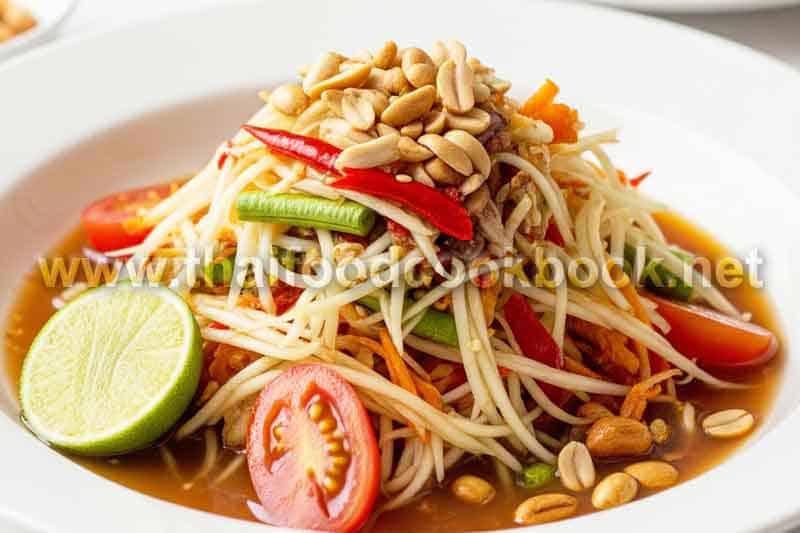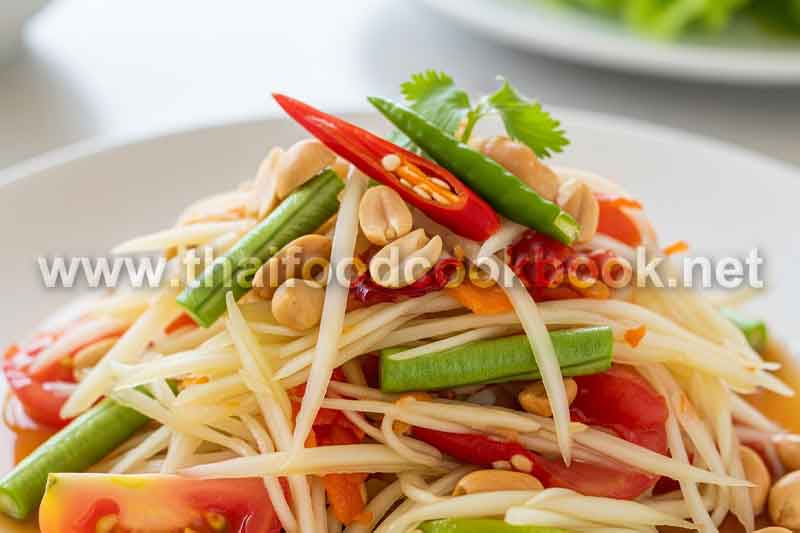How to Thicken Thai Curry Without Cream
When people first learn Thai cooking at home, one of the biggest surprises is that the texture of the curry does not actually come from heavy cream or dairy at all. Traditional Thai cooks rely on natural methods to create a thick, velvety sauce full of depth and aroma. When learning how to thicken Thai curry without cream, the key is to understand that Thai cuisine builds body using ingredients like coconut milk, simmered aromatics, slow reduction, and starches from vegetables. Throughout Thai culinary tradition, the thickness and richness are controlled by the right ratio of coconut fat, preparation of curry paste, and the correct cooking method—not artificial thickeners. Many home cooks abroad assume that cream is needed because they are used to Western-style sauces, but a creamless Thai curry is actually more authentic, more fragrant, and easier on the stomach. By mastering these foundational approaches, anyone can create restaurant-like consistency that clings to the meat and vegetables perfectly while still preserving flavor, aroma, and balance. This guide walks you through natural ways to achieve thickness using coconut cream separation, simmering techniques, root vegetables, nut-based thickeners, and homemade curry paste finished the traditional Thai way.
Using Coconut Milk and Reduction to Build Natural Thickness
The most authentic and flavorful way to thicken a Thai curry without cream is by using coconut milk properly. Many people don’t realize that the separation of coconut cream is intentional in Thai cooking—it is not a mistake. When coconut milk simmers gently, the fat rises to the surface and creates the base where the curry paste is “fried” to release its oils. This blooming process thickens the curry as it cooks. If the curry stays watery, it is usually because the coconut milk was not heated long enough, the heat was too low for separation to occur, or the coconut milk was overly diluted. Even store-bought curry pastes will transform in texture if cooked into concentrated coconut cream before the rest of the liquid is added. In Thailand, cooks rely on slow reduction rather than shortcuts. Letting the sauce simmer uncovered for several minutes gives it more body, intensifies flavor, and helps the coconut fat emulsify with herbs in the paste. The more patient the reduction, the richer the curry becomes. This method is versatile for red curry, green curry, massaman, or panang, and it keeps the dish naturally dairy-free, lactose-friendly, and deeply authentic in taste.
Vegetable, Nut, and Rice-Based Thickeners Used in Thai Kitchens
There are also ingredient-based strategies that Thai cooks use when they want a thicker consistency without altering the traditional flavor profile. These natural thickeners don’t feel like “add-ons” — they integrate seamlessly into the curry. Some of the most common include:
- Pounded Nuts: Ground peanuts or cashews provide body while enhancing richness, especially in panang or massaman curries.
- Cooked Root Vegetables: Pumpkin, sweet potato, taro, and yam naturally dissolve into the sauce as they simmer, thickening it from within.
- Rolled Sticky Rice or Rice Flour: Used in small amounts, these add subtle viscosity without changing flavor.
- Coconut Cream Concentrate: A more intense version of coconut milk that delivers both body and fragrance.
- Blended Aromatics: Extra shallots and lemongrass paste thickens while boosting aroma.
These techniques require no dairy but still deliver a lush, silky consistency. Unlike Western thickeners like flour or cornstarch, Thai ingredients preserve authenticity and are fully integrated into the cooking process rather than added as an afterthought.
Summary and Final Notes on Mastering Thai Curry Thickness
The secret to mastering Thai curry texture lies not in dairy, but in understanding how coconut fat, simmering technique, and natural thickeners all interact to create richness. Authentic cooks rely on fat separation, reduction, and ingredient-based thickening from nuts or root vegetables to keep the flavor balanced. Whether preparing red, green, or massaman curry, these creamless approaches enhance aroma and depth rather than diluting it. If you want to study deeper into traditional curry techniques used in Thai cooking, this detailed culinary guide on Thai curry provides further context on paste preparation and fat extraction. With these natural methods in place, your curry will have a velvety consistency that feels authentic, flavorful, and professionally made — without ever needing a drop of heavy cream.

